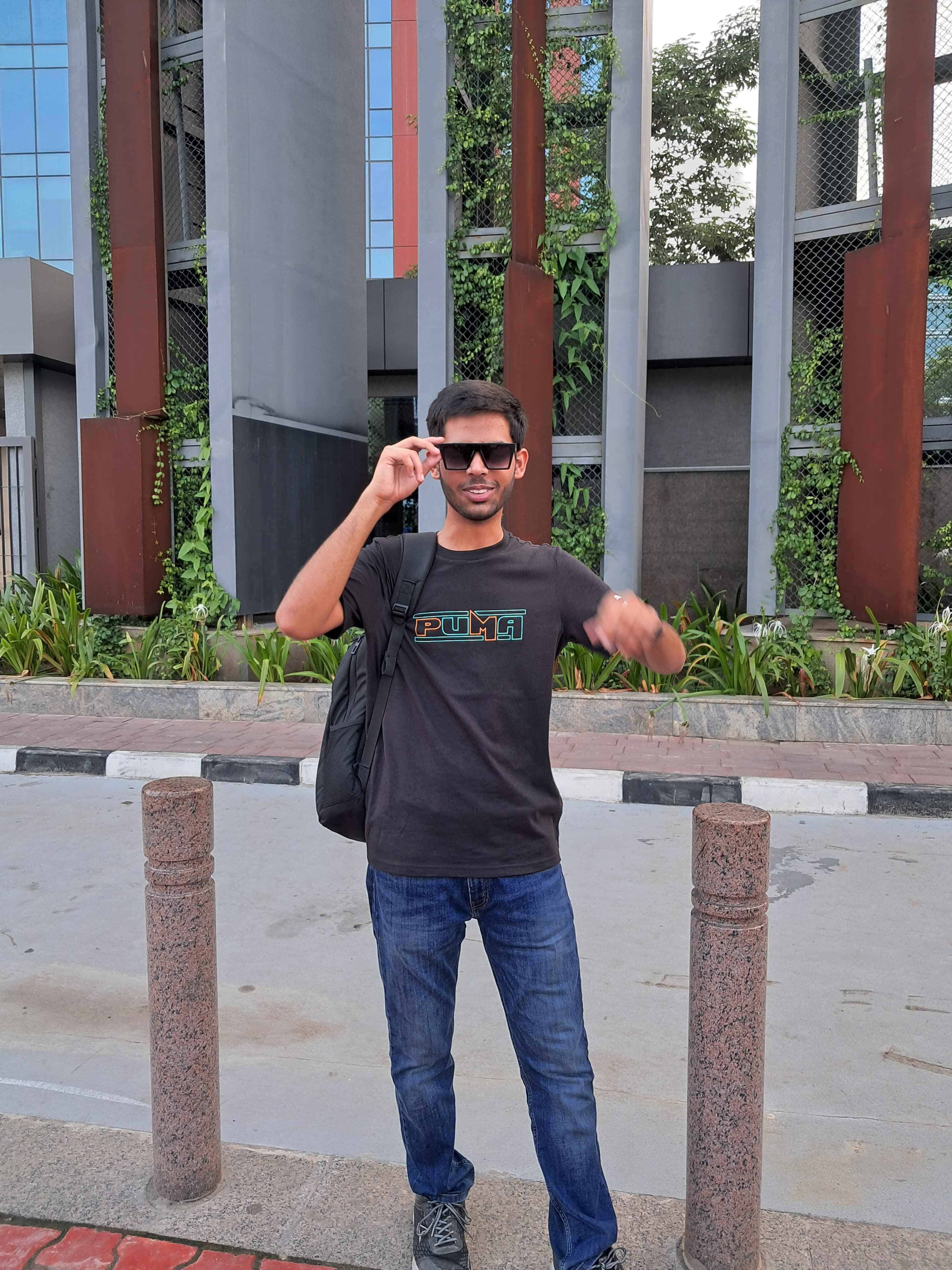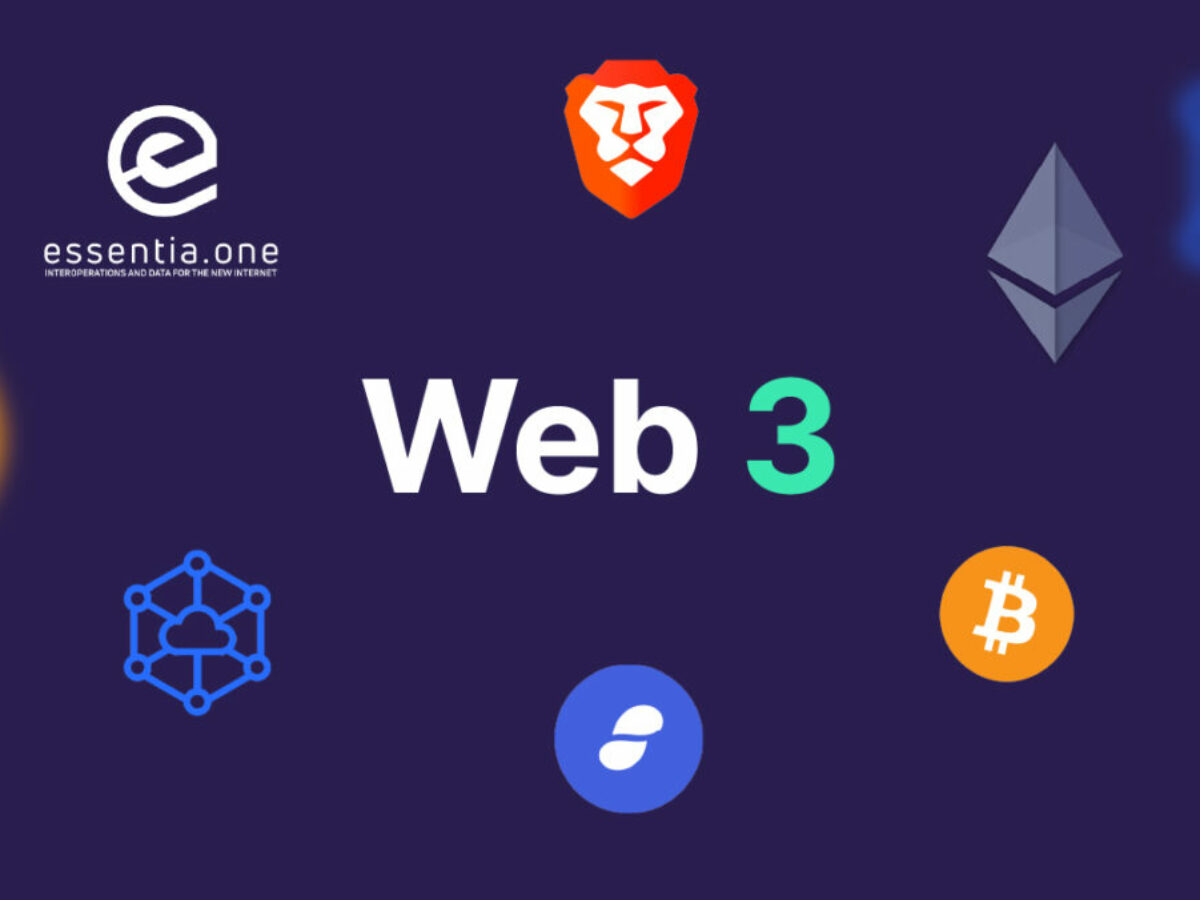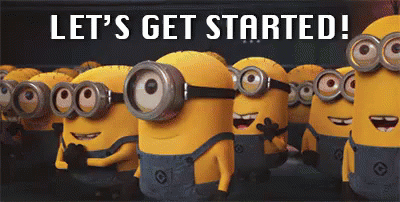Unveiling the Path: Navigating the Web3 Roadmap for a Decentralized Future
 Muhammad Owais Warsi
Muhammad Owais Warsi
Hey, today I'll be talking to you all about, one of the most searched and asked topics i.e. WEB3. So today in this blog I'll be talking in-depth about this Technology, and how you all can learn this amazing Tech. So let's start.

What is Web3?
So before we get into what is Web3, we should have an idea about the previous two technologies that are Web1 and Web2.
Web1: It refers to the early or ancient age of the web Technology. When webpages and websites used to be static, there was minimal user interaction with the websites.
Web2: It refers to the modern era of Web Technology we are currently in. This era has dynamic websites, a huge amount of user interaction and fast processing of data.
Now talking about Web3 Technology "refers to a vision for the next generation of the Internet of decentralized and transparent web applications using blockchain and decentralized technology". You all may not understand this definition, let me explain this but before that let's take a look at some important terms on which this Technology is based.
Decentralized: "Decentralization refers to the distribution of power, control, or decision-making across a network or system, rather than concentrating it in a single central authority or entity". Unlike Web2 Technologies the control of power is concentrated in some entities only.
Smart Contracts: These are self-executing contracts with code stored on the blockchain. They automatically execute predefined conditions when met, enabling trustless and automated transactions without relying on third parties.
Blockchain: It is like a notebook of transactions in which all the records are written safely, and instead of one person holding a notebook, everyone has a copy of the same. When someone wants to add his/her transaction they require the agreement from everyone, to verify the transaction. This makes it super hard to change anything because you'd have to change it in every notebook at once. This is also what decentralization is.
So basically Web3 is nothing but Technology you can imagine it as a big box of building blocks, and each block has something special written on it. Web3 is like playing with these blocks, but instead of just one person having all the blocks, everyone gets to have some blocks and play together. When you build something cool with your blocks, your friends can add their blocks too, making it even bigger and better! It's like building amazing things together on the internet and sharing with everyone.
So this is the introduction of what Web3 Technology is. But the main question arises on how to get started with this technology, what are the skills required.
What does a Web3 developer do?
So before we get started to learn about the skills required to become a web3 developer and what things one should learn and focus upon, we should be very clear about the question "What does a web3 developer do?".
A web3 developer creates and maintains applications that operate in a decentralized environment like Ethereum and Polkadot. They write smart contracts and software using blockchain technology.
Now you may get that "What does a web3 developer do?". So let's deep dive into the learning section of this blog.
How to get started?
Understanding the basics:
Before getting started in any Technology, our main focus is to understand and grasp the basics of that Technology in a well-mannered way.
After learning the basics one should be very clear about What Technology is all about, what are the real problems it solves, and why is it better than the previous technologies.
Understanding the Blockchain:
Web3 developers need to have a thorough understanding of blockchain technology, including how it functions, its benefits and drawbacks, and the several blockchain networks that are out there.
Some examples of Blockchain Technology that we can look up are.Bitcoin(BTC): It was the first blockchain technology. Currently used to make transactions and work on the principle of proof-of-work (PoW) consensus mechanism.
Ethereum: Ethereum is a blockchain network that introduced smart contracts and decentralized applications(dApps). It allows developers to create various applications beyond just currency, enabling functionalities like decentralized finance (DeFi), NFTs, and more. It is also transitioning from a proof-of-work (PoW) to a proof-of-stake (PoS) consensus mechanism with Ethereum 2.0.
So these are the two most used and well-known blockchain technologies we can look up to. There are still several Blockchain technologies such as Binance Smart Chain (BSC), Solana (SOL), etc.
Proficiency in Solidity:
Solidity is the most well-liked language used to create decentralized applications(dApps) on a blockchain technology. This language is primarily used to write smart contracts on the Ethereum blockchain.
So proficiency in this language is needed before learning further things in web3.
Other than Solidity, other languages are also their we can also use to build smart contracts on decentralized networks. Such as Javascript, Python and Rust.
Cryptography:
Cryptography topics including public and private keys, encryption, and digital signatures should be well understood by Web3 developers.
Familiarity with Web3 Tools:
Developers should make themselves familiarised with the tools like Ganache, Metamask, Truffle etc.
So let me explain in short what are these tools.
Metamask: Metamask is a cryptocurrency wallet that enables users to manage Ethereum-based assets, interact with decentralized applications (dApps), and conduct transactions on the Ethereum blockchain directly from their web browsers.
Truffle: Truffle is a development framework for Ethereum that provides a set of tools for simplifying the creation, testing, and deployment of smart contracts and decentralized applications (dApps) on the Ethereum, blockchain.
Ganache: Ganache is a personal blockchain emulator used by developers to create a private, local Ethereum blockchain environment for testing smart contracts and dApps.
All the above are important factors and skills one should learn to get into this field. But this point is no less important than others.
People learn the most by joining communities. Attending the events related to their Tech and attending Hackathons. Contribute to real-world open- source projects and get hands-on experience.
So my suggestion is to join the communities, attend events and hackathons and connect with people, maybe you find a mentor to guide you.
As we concluded this incredible journey, we have covered many topics in detail and I hope you all now have a clear idea about what is web3 and how one should get started.
Also, this Technology is changing and getting advanced day by day so being up to date with current scenarios also helps a lot and you get to learn many new things.
I trust you've found value in this blog. Thank you for joining me on this exploration!
Subscribe to my newsletter
Read articles from Muhammad Owais Warsi directly inside your inbox. Subscribe to the newsletter, and don't miss out.
Written by

Muhammad Owais Warsi
Muhammad Owais Warsi
Hey, I'm Muhammad Owais Warsi, a passionate developer from India. I have great interests in learning new Technologies and amazing wonders of Tech. I am also very much interested in open source world.